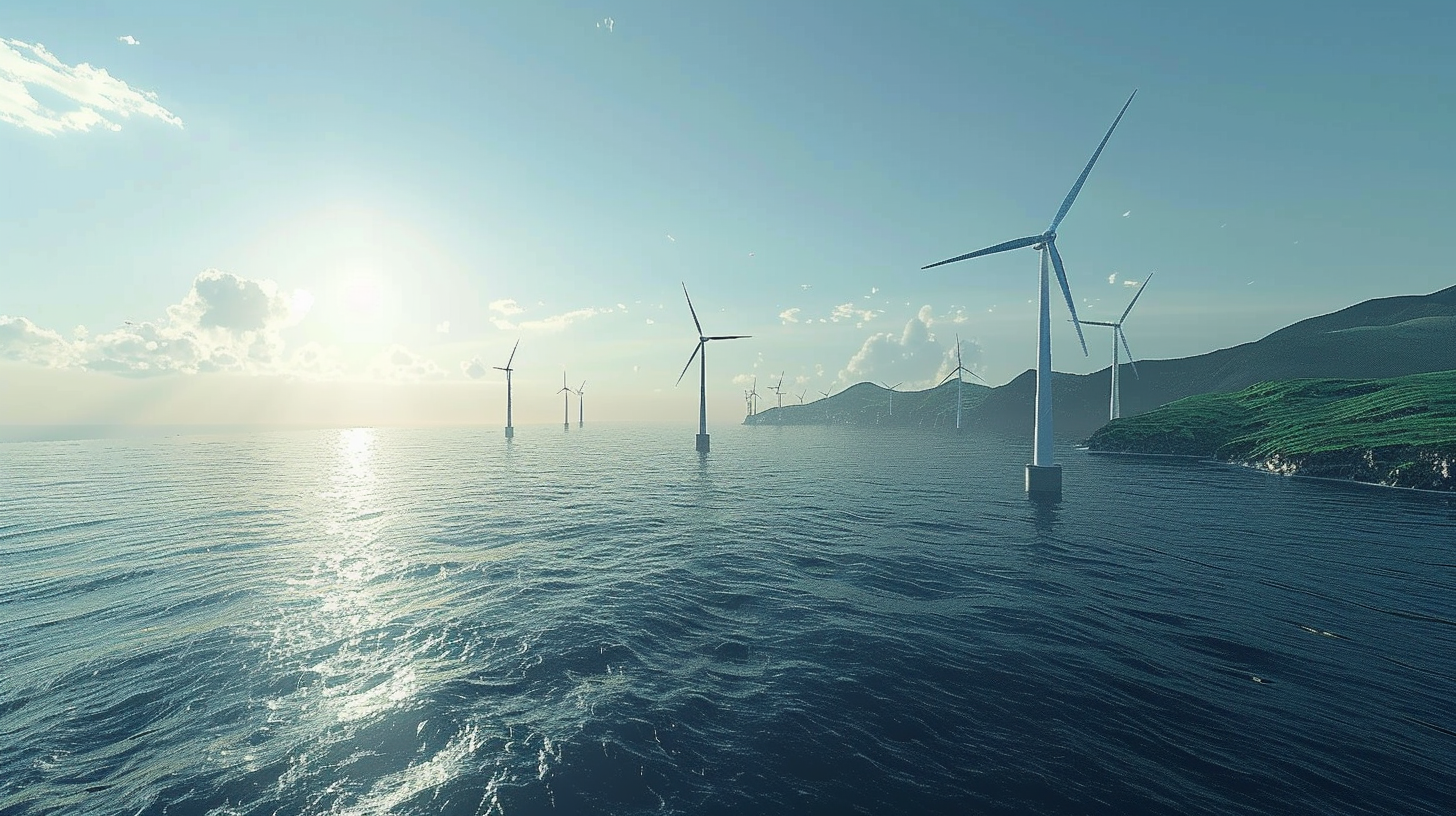In its latest release, the Global Wind Energy Council (GWEC) presents an encouraging snapshot of a robust growth and a promising future of wind energy, despite global challenges. The Global Wind Report 2024 encapsulates significant advancements and strategic recommendations vital for progress of the sector.
2023: A Year of Record-Breaking Growth
Despite the adverse effects of the pandemic and geopolitical tensions, the wind energy sector marked a notable achievement in 2023. Global installed capacity soared by 50%, with a record-setting 117 GW added, elevating the total installed capacity beyond the 1 TW threshold — an impressive 13% increase from the previous year.
Onshore Wind
The onshore wind sector experienced its most successful year to date, with installations topping 106 GW—a 54% increase over the prior year. This marked the first time annual additions surpassed 100 GW. Leading the charge were China, the United States, Brazil, Germany, and India. Together, these nations accounted for an 82% rise in installations, up by 9% from last year. China alone added 69 GW, propelling the Asia-Pacific region’s onshore capacity to an all-time high of 75 GW.
Offshore Wind
The offshore segment also witnessed considerable growth, with a 24% increase from the previous year, adding 10.85 million kilowatts. By year-end, global offshore capacity reached 75.2 GW. For the sixth consecutive year, China led global annual new installations with 6.3 GW in 2023, comprising 58% of the global increase. European countries, notably through robust developments in the Dutch market, added a combined total of 3.8 GW, boosting the continent’s total to 34 GW.
Looking Ahead: Bright Future of Wind Power
GWEC projects a bullish future for wind power, with an expected average annual growth rate exceeding 9% over the next five years. By 2028, the global wind power capacity is poised to surge by an additional 791 GW, averaging 158 GW per year. The anticipated growth in 2024 alone is projected at 130 GW.
China, Europe, and the U.S. are set to remain the principal engines of growth, driven by aggressive clean energy targets and supportive policies such as the Inflation Reduction Act of 2022 (IRA) of the U.S. and the Accelerated Clean Energy Transition in Europe in response to the Russia’s invasion of Ukraine.
The onshore wind market is predicted to grow by 6.6% annually over the next five years, with major contributions expected from China, Europe, and the U.S. Offshore wind is slated for even more rapid expansion, potentially exceeding 28% annually, as markets in China and Europe continue to expand, and new players like the United States and other Asia-Pacific nations ramp up their installations.
Strategic Recommendations for Sustainable Growth
GWEC emphasizes several strategic imperatives to sustain wind energy’s growth trajectory:
- Global Cooperation and Investment: Achieving a threefold increase in renewable energy usage by 2030 requires global collaboration and significant investment.
- Policy Stability: A stable policy environment is crucial for fostering large-scale renewable development.
- Supply Chain Optimization: Governments should streamline policies to bolster confidence in supply chain investments, focusing on diversification and localization.
- Incentivization of Local Industries: Trade policies should be optimized to cultivate competitive local markets without imposing restrictive trade barriers.
- Technological Innovation: Emphasizing cooperation in technology and standardization to mitigate competition and promote sustainability.
Conclusion
The GWEC’s Global Wind Report 2024 not only highlights the potential of wind power as a cornerstone of global energy transformation but also underscores the need for concerted effort and strategic planning to realize these ambitions. As the industry moves forward, leveraging these insights will be crucial for stakeholders across the globe to capitalize on the opportunities that wind energy presents.





